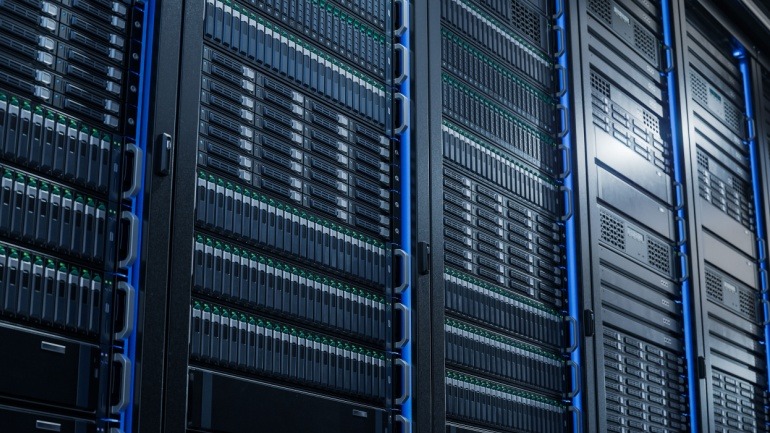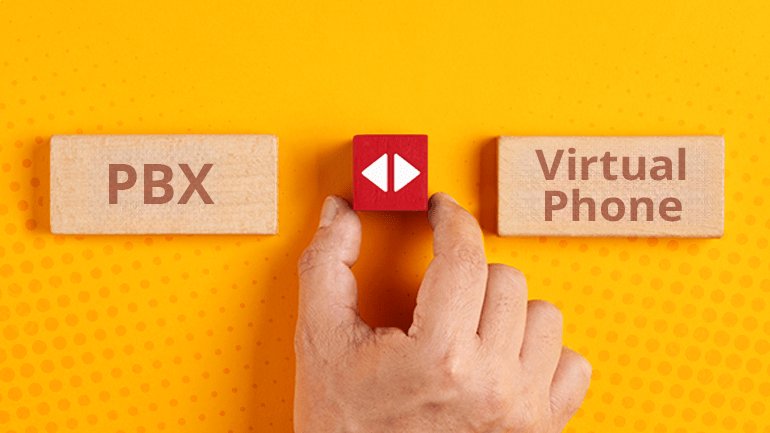In this dynamic digital era, telecom stakeholders are exploring innovative ways to connect people, homes, industries with machines and vehicles. Huawei’s Li Peng emphasizes creating value with 5G, citing its ability to deliver higher traffic, extensive connectivity, reliable latency, and multifaceted cloud services.
Deutsche Telekom and Ericsson’s recent secure network slice proof of concept simplifies enterprise use with automated configuration and end-to-end orchestration, connecting smartphones seamlessly to private cloud services via 5G. This innovation could revolutionize the telecommunications industry by offering customizable, easy-to-understand connectivity solutions for businesses worldwide.
Telxius and Ciena have achieved a major milestone with the first live 1.3 terabit per second transmission across the Atlantic. Using advanced technology, they improved efficiency and bandwidth over 6,600 kilometers, paving the way for faster, more sustainable global connectivity to meet rising demands for AI, video, and cloud.
Edgnex, backed by the Damac Group, is investing $2.3 billion in a major AI data center in Jakarta. With a planned 144MW capacity and a focus on energy efficiency, the project strengthens Indonesia’s digital infrastructure and marks a key move in Edgnex’s $3 billion Southeast Asia expansion strategy.
Inseego and T-Mobile have partnered to launch the FX4100, an advanced indoor 5G gateway for businesses. Featuring 5G Standard Access, uplink carrier aggregation, and network slicing, it enables enterprises to adopt wireless as their primary connectivity. The FX4100 offers easy management, broad coverage, and supports demanding applications.
NTT is leading the charge in global data center expansion, strategically acquiring land in seven markets across North America, Europe, and Asia. With a $10 billion investment focused on AI-ready infrastructure, NTT aims to boost data center capabilities significantly.
GigaIO has unveiled the Gryf system, a compact AI supercomputer ideal for edge deployments across sectors like defense and healthcare. This groundbreaking portable powerhouse enhances real-time data processing, making it indispensable for critical operations.
Rakuten is reinforcing its European ambitions with a new tech centre in Paris, bringing together experts in AI, cloud, and platform engineering. The hub will drive innovation across its services while fostering collaboration with Rakuten France.
The E2A transpacific subsea cable promises to revolutionize telecommunications infrastructure, linking Japan and the USA by 2028. Connecting major regions like Taiwan, South Korea, and Japan to the US, this project is backed by telecom giants Chunghwa Telecom, SoftBank, SK Broadband, and Verizon.
The introduction of the virtual phone system has resulted in a massive leap forward for business communications. For many years, the hardware telephony system, primarily the on-premise Private Branch Exchange (PBX), was the gold standard for handling phone calls. These systems, while effective in the past, come with the disadvantages of significant hardware costs, complex setups, limited capabilities, and burdensome maintenance requirements. The combination of VoIP and the virtual phone system has taken business communications by storm, and the relevance and practicality of traditional PBX hardware has come under intense scrutiny. This inflexible system is reliant on unwieldy physical infrastructure and is rapidly being replaced by agile, cloud-based solutions that offer cost savings, flexibility, scalability and increased productivity. In this article, we will explore the major advantages of virtual phone systems over legacy platforms. This comparison will clearly illustrate why so many businesses are ditching their hardware, moving to cloud…













